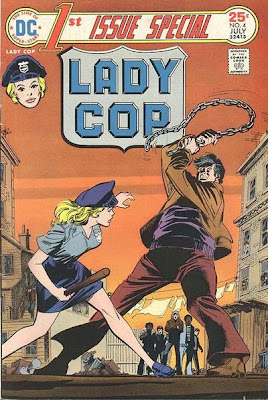The nation of Vanuatu spreads across eighty small islands between Fiji and New Guinea. As is typical for the region, these islands were created by volcanic upheaval. The central island, Tanna, is defined by an active stratovolcano called Yasur. There are minor eruptions every hour and there is a persistent plume of smog hanging in the air.
According to many of the islanders, Yasur is the home of god. In this case, god is John Frum; an omnipotent spirit who takes the form of a sailor from the United States Navy. Frum is worshipped by 6000 people, who swear that he shall one day emerge from the volcano bearing gifts of motorboats, cigarettes, kitchen appliances, and Coca-Cola. Every February 15th, John Frum's adherents celebrate their god by raising approximations of the American flag, painting "U.S.A" on their chests, dancing with bamboo rifles, and singing songs about chainsaws. There is also ritualized consumption of intoxicating beverages, which are said to facilitate communication with John Frum.
The Cult of John Frum extends back to the 1930's. Vanuatu had been under Western control since the 1880's, and the tribes of warrior cannibals had been thoroughly conquered. Missionaries were determined to erase all elements of native culture in order to cultivate proper Christian communities, and the islanders were kept under strict control. Meanwhile, the US Navy had a growing presence in the area. As the legend goes, a group of elders were secretly imbibing a traditional concoction made from the kava plant and they were visited by a man dressed in a Navy uniform. Some say he was black, and others insist he was white, but he spoke their language and introduced himself as John Frum.
Frum explained that he would save them from the missionaries and urged them avoid church, throw away Western money, and remove their children from Western schools. At first, the colonial powers insisted that this John Frum was merely a native impostor and no true god. Then they started arresting followers of John Frum and deporting them from Vanuatu, but the cultists eventually became to numerous to deal with. By 1941, the followers of John Frum had become the dominant cultural force of the islands. Coincidentally, America had declared war of the Axis powers and Vanuatu was soon to be converted into a naval base. The cultists believed these men to be the emissaries of John Frum and approached them with reverence and loyalty.
At first the Navy found the John Frum Cult to be extremely convenient. In exchange for surplus and a 25 cent daily salary, the islanders helped the Navy construct airstrips in the jungle and haul cargo from ships. The islands were fascinated by the material goods of the Americans and saw them as gifts from John Frum. Ultimately the Navy grew uneasy and tried to suppress the cult to little success. As the war ended and the Navy started withdraw from the region, entire bases were bulldozed into the sea. Beneath the waves, a coral reef began to grow on this pile of jeeps, radio equipment, and concrete debris. Vanuatu divers would scrounge through these underwater junk heaps for useful items, tantalized by glittering Coke bottles.
To this day, despite an influx of modern culture in the form of tourists, the cultists continue to praise the name of John Frum and await his return. They build symbolic airstrips in the jungle (complete with bamboo radio towers), and adorn themselves with holy crosses (most likely appropriated long ago from military medical vehicles). While anthropological study continues to glean new insight of this group and of the nature of religion in general, important questions remain unanswered, not the least of which being: who was John Frum, really? Was he a kava-born hallucination? A con-man sailor? Perhaps one day he'll rise up from the volcano and shed some light on all of this.
Would you like to know more?-Read this article from Smithsonian Magazine-Read this article from the BBC





.jpg)











































